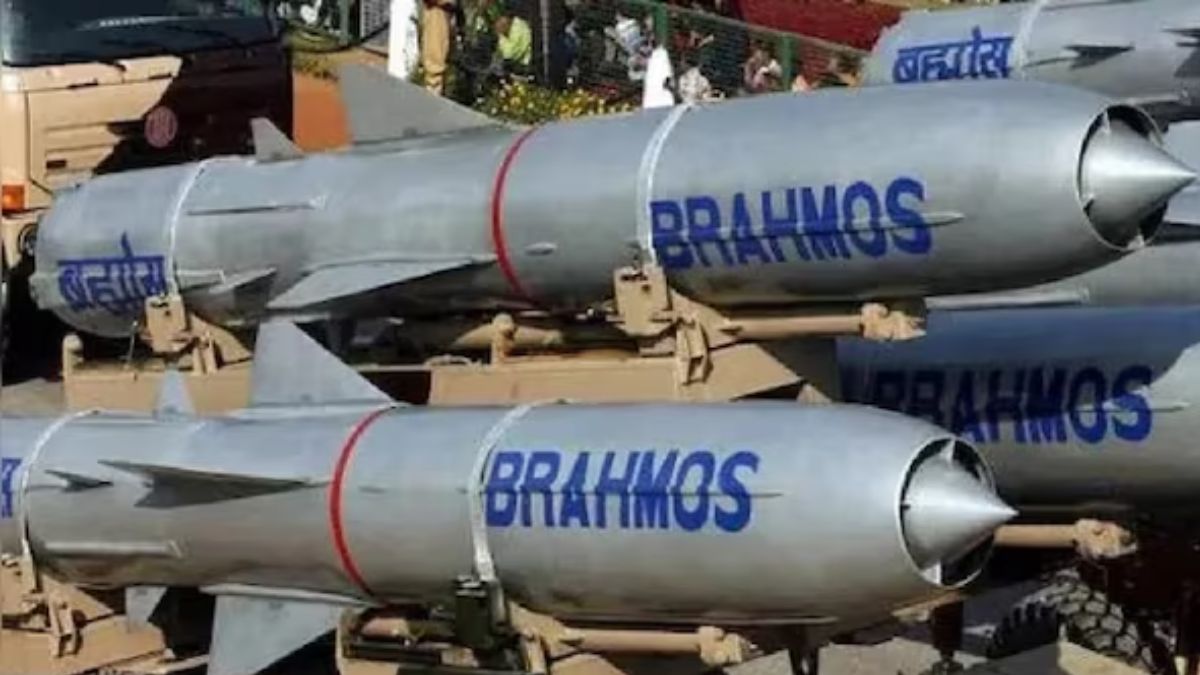In a stunning revelation that further amplifies the scale of India’s Operation Sindoor, a leaked Pakistani military dossier confirms that Indian forces inflicted heavier damage than publicly acknowledged. The document exposes at least eight additional targets hit deep inside Pakistan—sites not listed by the Indian military during official briefings following the May 6–7 strikes.
India’s Chief of Defence Staff (CDS) General Anil Chauhan had hinted earlier this week that the armed forces would disclose more details about the Pakistani damage “in due time.” Now, Islamabad’s own internal assessment, ‘Operation Bunyan un Marsoos’ has laid bare the extent of the Indian offensive.
Marked maps within the confidential Pakistani dossier reveal strikes on key locations in Peshawar, Jhang, Hyderabad (Sindh), Gujrat, Gujranwala, Bahawalnagar, Attock, and Chor on the night of May 9–10. These were in addition to earlier strikes on May 7 and 8, details of which were only partially disclosed by Indian authorities.
Operation Sindoor was India’s calculated retaliation to the April 22 Pahalgam terror attack, in which Islamist militants gunned down 26 Hindu tourists after being asked to recite the Kalma, an Islamic declaration of faith. Those unable to do so were executed point-blank, in what Indian officials described as a “religiously motivated massacre.”
India’s strikes targeted Jaish-e-Mohammed (JeM) and Lashkar-e-Taiba (LeT) infrastructure in both Pakistan and Pakistan-Occupied Kashmir (PoK). Over 100 terrorists were killed, according to Indian intelligence estimates.
Impact Shorts
More ShortsThe offensive’s effectiveness became more visible days later through satellite imagery from Maxar Technologies, which revealed heavy damage to Pakistan’s key air bases—Nur Khan (Rawalpindi), PAF Mushaf (Sargodha), Bholari (Sindh), and PAF Shahbaz (Jacobabad). Separate images confirmed destruction of terror hubs in Muridke and Bahawalpur, including the heavily fortified Jamia Masjid Subhan Allah, the reported JeM headquarters.
Pakistan’s belated admission came only after its call for a ceasefire on May 10, following sustained Indian strikes. Analysts now see Islamabad’s damage-control attempts and appeals for de-escalation as signs of the overwhelming success and reach of Operation Sindoor.
With more information expected to be declassified by India in the coming days, Operation Sindoor may go down as one of the most expansive and precise counterterror operations in the region since the Balakot airstrikes.
)